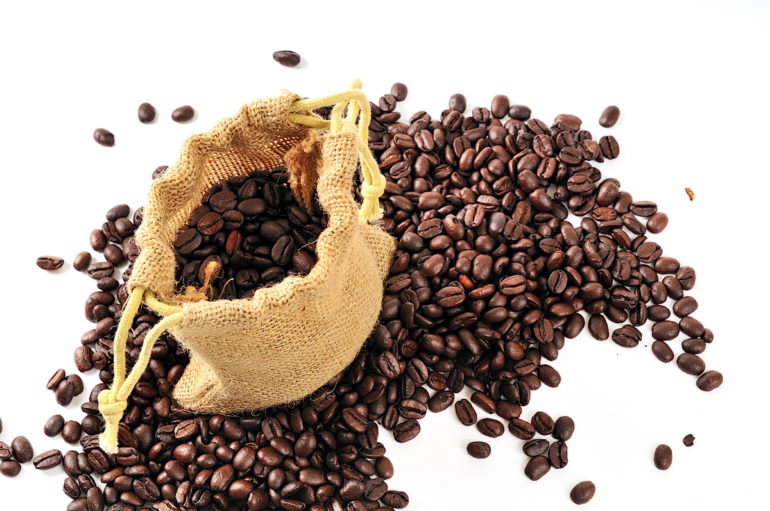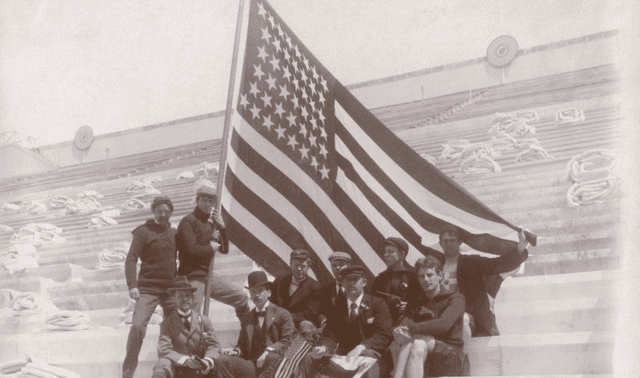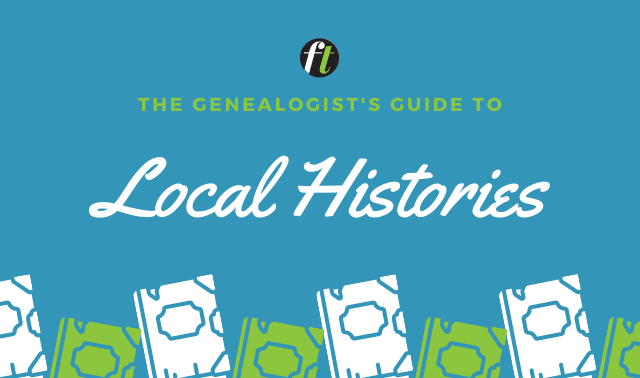Coffee purists will turn up their noses at the introduction, in 1909, of Red E Coffee, the United States’ first commercially packaged instant coffee. A Japanese chemist had created “soluble coffee” by 1901, when it was sold at the Pan-American Exposition in Buffalo. But today’s American product traces its roots to George Constant Washington. Born in Belgium to English parents, Washington developed instant coffee during a stint in Guatemala. Back in the States, he launched Red E Coffee with backing from bigwigs including Beechnut and Singer Sewing Machines.
The stuff didn’t really catch on, though, until World War I, when doughboys decided instant coffee was better than nothing. In 1938, Nestlé introduced Nescafé, the first widely popular instant coffee, in an effort to help the Brazilian government use up a coffee surplus.
Happily for java junkies who prefer their morning cup of joe to not taste like gasoline, Melitta Bentz invented the drip coffeemaker. Bentz, whose first name still appears on a brand of coffee-making supplies, crafted her first filter from blotting paper in 1908.
Commercial espresso machines, first manufactured in Italy around the turn of the century, also joined the kaffeeklatsch. But today’s latté craze wouldn’t have been possible without the work of an Italian named Achilles Gaggia, who in 1945 added a high-pressure piston to produce espresso’s characteristic crema.
Today—little thanks to Washington—coffee is the world’s most popular beverage, with more than 500 billion cups consumed annually. The value of coffee as a commodity is second only to that other black gold, oil.
But our ancestors started sipping coffee about a thousand years ago. The legendary discovery of this African shrub’s eye-opening potential is credited to an Ethiopian goatherd, Kaldi, who observed the cherry-red berries’ effects on his goats. Sampling some coffee berries himself, Kaldi enjoyed the world’s first caffeine buzz.
Even the word coffee has roots in Ethiopia, where an ancient kingdom was called Kaffa. But most linguists trace the word to the Arabian Peninsula, where qahhwat al bun meant “wine of the bean.” Truncated to qahwa and changed to kahve in Turkish, the term entered the European world as the Italian caffè in 1598.

The beverage took much the same route, first brewed in Arabia around 1100. One account credits a Yemini Sufi mystic, Shaikh ash-Shadhili, with importing the beans from Ethiopia; coffee’s sleep-fighting powers made it popular among Sufis. And Muslims, forbidden by their religion to drink alcohol, adopted coffee as an alternative beverage—despite attempts by conservative imams to ban it as unholy. The world’s first coffeehouse, Kiva Han, opened in Istanbul in the 1470s. Turkish coffee was brewed strong and black in a pot called an ibrik; Turkish women were allowed to divorce their husbands if the men could not keep the ibrik filled.
Venetian merchants brought coffee, like other goods, from the Muslim world around 1600. In Italy, too, the drink ran into religious resistance: Catholic monks urged Pope Clement VIII to ban the heathen brew. Purportedly the pope instead decided, “This devil’s drink is so good, we should cheat the devil by baptizing it.” With that endorsement, coffee spilled across Europe and swiftly reached the New World, carried to Jamestown in 1607 by Capt. John Smith.
Soon, in a phenomenon later repeated by Starbucks, coffeehouses began springing up not only as places to get caffeinated, but as venues to share ideas. Two servants of a merchant who traded in Turkish goods opened the first English coffeehouse in London in 1652; they went into business for themselves under the sign of The Turk’s Head. A Turkish connection was also vital to Vienna’s first coffeehouse, after the defeated Ottoman army abandoned bags of coffee in its retreat.
As coffeehouses became popular in England, they became known as “penny universities”: For the penny price of a cup of coffee, those also thirsty for knowledge could hang out and listen to the learned patrons. The idea of getting a cup of coffee as a date, however, would have to wait several centuries because women were banned from most coffeehouses.
Coffeehouses played other important roles in the development of capitalism. Lloyd’s of London began as a coffeehouse opened by Edward Lloyd in 1688. The New York Stock Exchange—begun with brokers meeting under a buttonwood tree in 1792—moved indoors to theTontine Coffee House on Wall Street.
Coffee’s early adoption in Europe and America depended on beans from Arabia. It’s said that no coffee beans grew outside Arabia and Africa until Baba Budan, a pilgrim to Mecca, smuggled coffee-plant seeds strapped across his belly to his native India. Dutch merchants sneaked the first coffee plant into Europe in 1616. Other enterprising Dutchmen founded the first European-owned coffee plantation in 1696 on colonial Java, now part of Indonesia. The word java has been associated with coffee ever since.
In a roundabout way, the Dutch thirst for coffee would also plant the seeds of Latin America’s vast coffee plantations—via a Dutch gift of a coffee tree for French King Louis XIV’s royal garden in 1714. Several years later, the tree caught the eye of a young French naval officer, Gabriel Mathieu de Clieu, home on leave from Martinique. He requested a clipping by which to turn that Caribbean colony into a French Java—but was told non. Undeterred, de Clieu staged a moonlight raid of the royal garden and set sail for Martinique with his botanical booty.
On the voyage, the coffee plant survived pirates, storms, a water shortage (de Clieu gave half his ration to the plant) and a jealous passenger who tore off a branch. At last in Martinique—and under armed guard—the plant propagated 18 million trees over 50 years.
The success of France’s colonial coffee estates became the envy of Brazil, which in 1727 dispatched Lt. Col. Francisco de Melo Palheta to French Guiana. Under cover as a mediator in a border dispute, Palheta flirted with the governor’s wife, who, at a state dinner, rewarded him with a bouquet concealing coffee seedlings.
From this humble if amorous beginning, Brazil grew an empire that would transform coffee from an elixir of the elite to a cup of joe for the average Joe. Soon, coffee’s abundance would even be enough that some could be turned into (ugh) “instant.”
- 850 Kaldi, an Ethiopian goatherder, discovers coffee beans
- 1050 Coffee is first brewed in Arabia
- 1470s First coffeehouse is established in Turkey
- 1600 Coffee arrives in Europe
- 1607 Capt. John Smith brings coffee to America
- 1652 England’s first coffeehouse opens
- 1690s The Dutch plant coffee in Java
- 1723 Coffee plants are introduced to the Americas
- 1773 Boston Tea Party makes coffee the patriotic drink of choice
- 1822 The French create an espresso machine prototype
- 1865 American James Mason patents coffee percolator
- 1903 Ludwig Roselius decaffeinates coffee
- 1905 Italy produces first commercial espresso machine
- 1908 Melitta Bentz invents the drip coffeemaker
- 1909 George C. Washington markets instant coffee
- 1938 Nescafé goes on the market
- 1945 Achilles Gaggia develops a piston-pressurized espresso machine
- 1971 First Starbucks store opens in Seattle
- 1994 Friends inspires new wave of coffee craze
Spilling the Beans
- Bramah Museum of Tea and Coffee
- Coffee: A Dark History by Anthony Wild (W.W. Norton & Co.)
- The Coffee House: A Cultural History by Markman Ellis (Phoenix)
- The Devil’s Cup: A History of the World According to Coffee by Stewart Lee Allen (Ballantine)
- Kona Coffee Living History Farm, Box 398, Captain Cook, HI 96704, (808) 323-3222
- Uncommon Grounds: The History of Coffee and How It Transformed Our World by Mark Pendergrast (Basic Books)
From the November 2009 Family Tree Magazine





